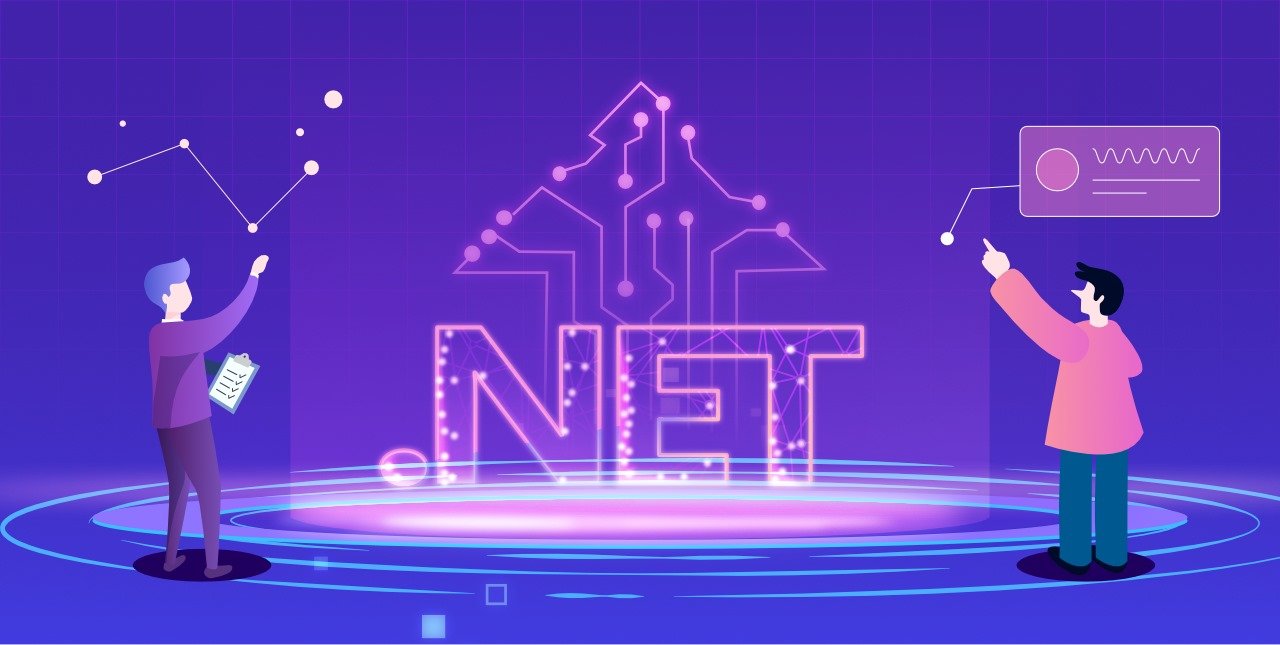What is IT Maintenance: 5 Reasons Why You Need It

A robust IT infrastructure is the foundation of any company in today's digital age. Is your IT maintenance on track?
What ensures the smooth running of your organization?
Of course, there are many things like good management, efficient manpower, and comprehensive go-to-market strategy but that one thing that stands as the backbone of your organization’s smooth operations has to be its IT infrastructure.
IT maintenance refers to the regular upkeep and management of information technology systems, hardware, software, and networks to ensure their seamless operations and optimal performance.
This involves tasks such as software updates, hardware inspections, security patches, data backups, and overall system monitoring. IT maintenance is crucial to prevent system failures, security breaches, and performance issues, ultimately ensuring the reliability and functionality of IT infrastructure.
5 Reasons Why You Need IT Maintenance for Your Organization

IT Maintenance Ensures Optimal Performance
Just imagine a banking software crashing mid-transaction, an e-commerce platform being hacked, or simply the downtime of your website, or system disrupting the seamless flow of operations and eroding customer trust and satisfaction.
The way modern establishments and, organizations perform is vastly dependent on the performance of their IT infrastructure. In such a scenario, ensuring optimal performance of the IT infrastructure becomes paramount for modern establishments and organizations. Whether you engage an in-house IT maintenance team or hire a third-party IT maintenance firm it must ensure that a comprehensive and proactive approach is taken to address potential vulnerabilities and maintain the agile performance of the IT infrastructure.
The reliability and efficiency of their IT systems directly impact critical operations, customer experiences, security, and overall business mobility and success.
Predictive Measures
IT maintenance allows for proactive identification and resolution of potential issues before they escalate into critical problems. Regular updates, patches, and system checks help prevent security vulnerabilities, reducing the risk of data breaches and unauthorized access. IT maintenance teams go a step further to take predictive measures such as implementing advanced monitoring systems and utilizing machine learning algorithms. Also, e-maintenance systems like e-maintenance or Maintenance-as-a-Service are making a foray into the market as cost-effective predictive solutions. These proactive strategies enable the teams to analyze historical data, detect emerging patterns, and forecast potential issues, allowing for timely interventions and further minimizing the possibility of system failures or security breaches. A recent study shows predictive maintenance has risen from 47% to 51%, and that running equipment to the point of failure has dropped from 61% to 57%.
Compliance and Security
In the dynamic digital landscape, constantly following compliance regulations and security protocols may be challenging, but these become indispensable safeguards for any organization. As per research 59% of security and IT leaders indicate their organization has multiple systems that must adhere to compliance requirements.
IT maintenance serves as a proactive mechanism, ensuring that systems and processes adhere to evolving regulatory frameworks and security standards. By regularly updating software, conducting security audits, and implementing predictive measures, organizations not only mitigate risks but also build a resilient foundation to withstand potential threats. Embracing a culture of compliance and security in IT maintenance becomes essential, not only for meeting legal requirements but also for fostering trust, protecting sensitive information, and sustaining the long-term integrity of the organization in an ever-changing technological landscape.
Technology Evolution and Scalability
The technology landscape is constantly evolving, and organizations should always aim to evolve and scale up. IT maintenance involves evaluating the current technology infrastructure, identifying areas for improvement, and ensuring compatibility with emerging technologies. It also facilitates scalability, allowing organizations to expand their IT capabilities to accommodate growth.
Regular maintenance activities, such as hardware and software upgrades, help organizations harness the latest technological advancements, enhance efficiency, and stay agile in a rapidly changing business environment. This adaptability is crucial for remaining competitive and meeting the evolving needs of customers and stakeholders.
Cost-effectiveness
Maintaining a regular in-house team for IT maintenance may seem like an excess burden on a company’s budget, especially when the organization is small or medium but in the long run IT maintenance can be a strategic and cost-effective investment. While it may involve upfront expenses for routine checks, updates, and proactive measures, these costs are significantly lower than the potential expenses incurred due to system failures, security breaches, external threats, or unexpected downtime. IT maintenance helps identify and address issues before they escalate into major problems, reducing the need for costly emergency repairs or replacements.
Companies can also consider outsourcing their IT maintenance solutions from dedicated firms who specialize in the area, this will automatically eliminate the hassle of maintaining an in-house team while availing expert services and resources for a fixed fee.
Did you know, 47% of global manufacturers use predictive maintenance technologies to reduce operational costs? While the average percentage of maintenance comprises 20-50% of the total operating budget. As the world grows more digital with each passing day the threats and challenges to organizational operations are ever-growing. In such a scenario, businesses are not only recognizing the need to actively address issues but also to predict and prevent them.
Conclusion
The adoption of predictive maintenance signifies a commitment to staying ahead of potential disruptions, ensuring the reliability and efficiency of critical systems. In this dynamic digital landscape, where technology is both a driving force and a potential vulnerability, integrating advanced maintenance strategies becomes paramount for businesses aiming to navigate challenges, enhance resilience, and secure a competitive edge in the evolving global marketplace.




